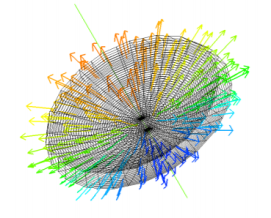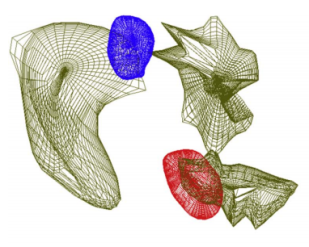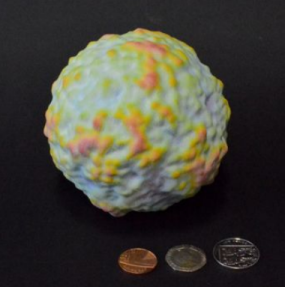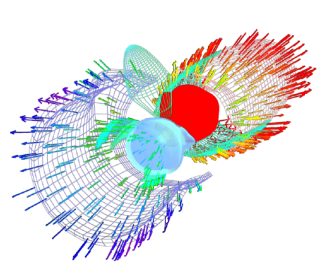 6.9 Today´s new entry:
6.9 Today´s new entry:
Anatomy of the internal bow shocks in the IRAS 04166+2706 protostellar jet
M. Tafalla, Y.-N. Su, H. Shang, D. Johnstone, Q. Zhang, J. Santiago-Garcia, C.-F. Lee, N. Hirano, L.-Y. Wang
Abstract: Context. Highly collimated jets and wide-angle outflows are two related components of the mass-ejection activity associated with stellar birth. Despite decades of research, the relation between these two components remains poorly understood.
Aims. We study the relation between the jet and the outflow in the IRAS 04166+2706 protostar. This Taurus protostar drives a molecular jet that contains multiple emission peaks symmetrically located from the central source. The protostar also drives a wide-angle outflow consisting of two conical shells.
Methods. We have used the Atacama Large Millimeter/submillimeter Array (ALMA) interferometer to observe two fields along the IRAS 04166+2706 jet. The fields were centered on a pair of emission peaks that correspond to the same ejection event. The observations were carried out in CO(2–1), SiO(5–4), and SO(65-54).
Results. Both ALMA fields present spatial distributions that are approximately elliptical and have their minor axes aligned with the jet direction. As the velocity increases, the emission in each field moves gradually across the elliptical region. This systematic pattern indicates that the emitting gas in each field lies in a disk-like structure that is perpendicular to the jet axis and whose gas is expanding away from the jet. A small degree of curvature in the first-moment maps indicates that the disks are slightly curved in the manner expected for bow shocks moving away from the IRAS source. A simple geometrical model confirms that this scenario fits the main emission features.
Conclusions. The emission peaks in the IRAS 04166+2706 jet likely represent internal bow shocks where material is being ejected laterally away from the jet axis. While the linear momentum of the ejected gas is dominated by the component in the jet direction, the sideways component is not negligible, and can potentially affect the distribution of gas in the surrounding outflow and core.
Journal: Astronomy & Astrophysics, in press
URL of preprint: https://arxiv.org/pdf/1610.01614v1
Comments : Accepted 27 September 2016, 12 pages, 12 figures
Submitted by: Mario Tafalla

 6.8 Today´s new entry:
6.8 Today´s new entry: 6.7 Today´s new entry:
6.7 Today´s new entry: 6.6 Today´s new entry:
6.6 Today´s new entry: